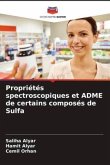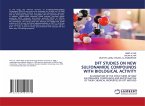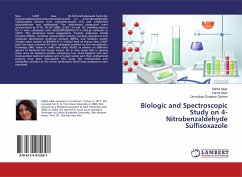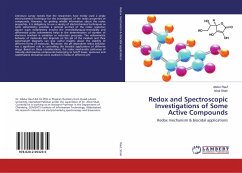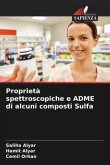Today, computer-aided drug design (CADD) together with various machine technologies constitutes a leading field for ADME prediction. It allows us to have information about the probability of a compound being a potentially good drug. In addition, it has recently become important to predict ADME parameters in drug discovery and development, screening numerous compounds for ADME or where access to physical samples is limited. In this study, 2-hydroxy-5-methylbenzaldehyde Sulfamethoxazole Schiff base (L), Bis (2-hydroxy-5-methylbenzaldehyde Sulfamethoxazole) Palladium (II) and Bis (2-hydroxy-5-methylbenzaldehyde Sulphamethoxazole) Copper( II) molecules were constructed using density function theory (DFT), B3LYP functional and 6311++G(d,p) basis set. Then, NMR chemical shift values and vibration frequencies were calculated using the optimized geometric structure. Three-dimensional molecular electrostatic potential (MEP) maps of this molecule were drawn using the DFT method. HOMO, LUMOmolecular orbital energies and chemical reactivity descriptors were calculated, examining the interaction with molecules. The Non-Linear Optical (NLO) properties of the compounds were investigated with the same method and basis set. The ADME properties of the optimized minimum energy structure were calculated. When Schiff base ligand was evaluated in terms of ADME, it was determined that it showed the best drug similarity. DFT calculations were performed on Gaussian 09 (Linux) and GaussView 5.0 package programs.
Bitte wählen Sie Ihr Anliegen aus.
Rechnungen
Retourenschein anfordern
Bestellstatus
Storno


